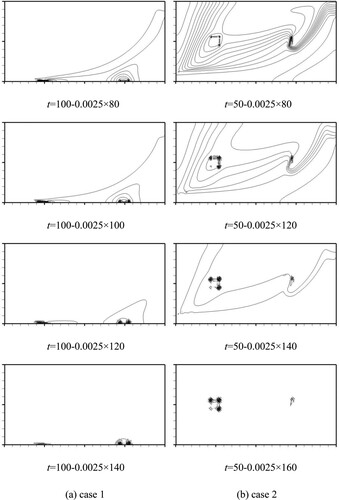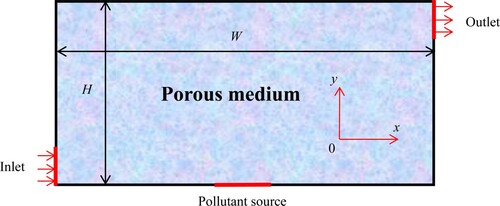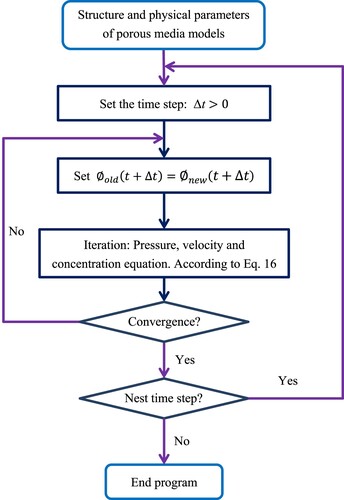Figures & data
Table 1. Grid independence validation: Sh number for different grid resolution.
Figure 2. A schematic diagram of the flow through two parallel-plate channel partially filled with two porous substrates.

Figure 4. A comparison of the present work fully developed axial velocity with the solution given by Alkam et al. [Citation33] for .
![Figure 4. A comparison of the present work fully developed axial velocity with the solution given by Alkam et al. [Citation33] for Da=1×10−4.](/cms/asset/0fd98f58-8712-432d-9f31-312a5aebb40d/gipe_a_2016737_f0004_oc.jpg)
Figure 5. Comparison of the velocity and temperature profiles between the present prediction and Khanafer and Chamkha [Citation34].
![Figure 5. Comparison of the velocity and temperature profiles between the present prediction and Khanafer and Chamkha [Citation34].](/cms/asset/31081bc6-0abb-43c8-a256-93b9d3de6f32/gipe_a_2016737_f0005_ob.jpg)
Figure 7. Streamlines (left) and pollutant concentration fields (right) with Re=1.0×103, Sc=0.6 at t=100.

Figure 9. Streamlines (left) and pollutant concentration fields (right) with Re=2×103, Sc=0.8, Da=2.5×10−3 at t=150

Figure 10. Effect of temporal step size on backward simulation with Re=2×103, Sc=0.8 and Da=2.5×10−3, (a) Δt=−0.025, (b) Δt=−0.05, and (c) Δt=−0.1
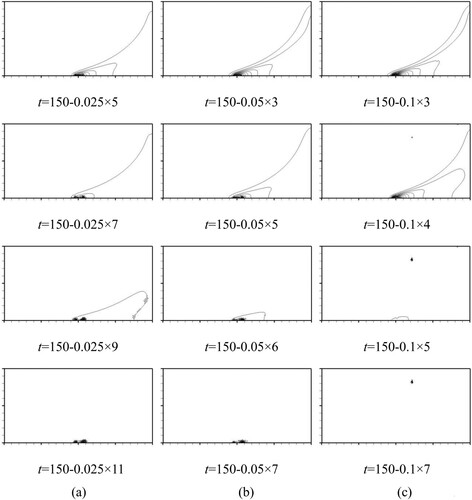
Figure 11. Streamlines (left) and pollutant concentration fields (right) with Sc=0.8, Da=5×10−4 at t=100, (a) Re=2×102, (b) Re=2×103, and (c) Re=1×104
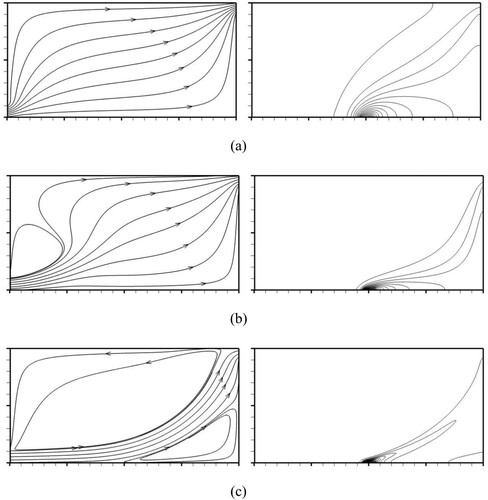
Figure 12. Effect of Re on backward simulation with Sc=0.8 and Da=5×10−4, (a) Re=2×102, (b) Re=2×103, and (c) Re=1×104
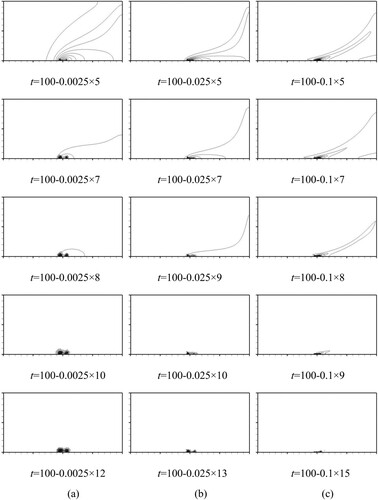
Figure 13 Streamlines and backward simulations with Re=2×103, Sc=0.8, (a) Da=5×10−5, (b) Da=5×10−4, and (c) Da=5×10−3.
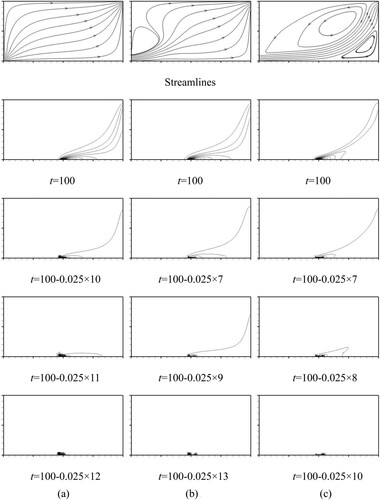
Figure 14. Effect of Sc on backward simulation with Re=2×103 and Da=2.5×10−3, (a) Sc=0.1, (b) Sc=0.8, and (c) Sc=2.0.
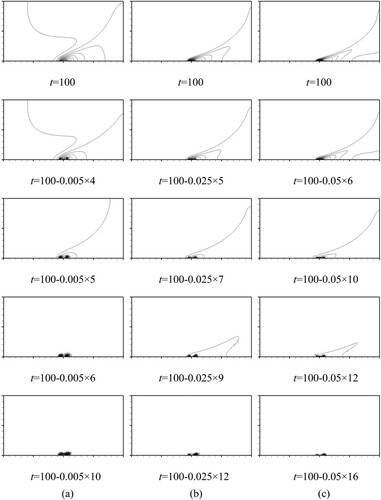
Figure 15. Effect of pollutant sources on backward simulation with Re=2×103, Da=2.5×10−3, Sc=0.8 and Δt=−0.025.
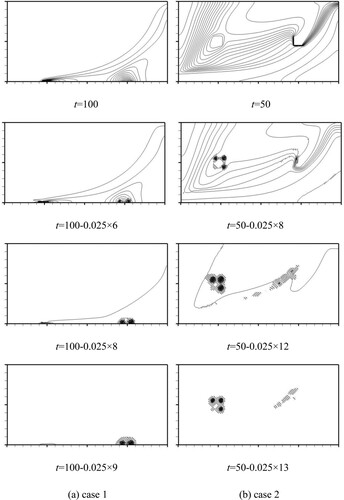
Figure 16. Effect of pollutant sources on backward simulation with Re=2×103, Da=2.5×10−3, Sc=0.8 and Δt=−0.0025
